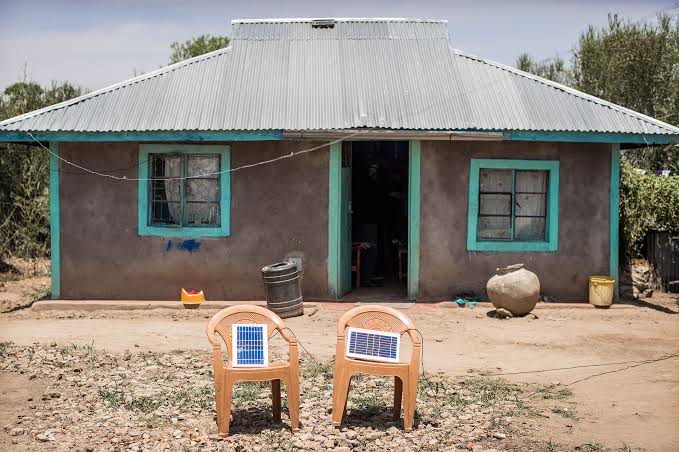OPPORTUNITY 2030
The Standard Chartered SDG Investment Map reveals $9.668 trillion opportunity for private-sector investors across all emerging markets to help achieve the UN’s Sustainable Development Goals (SDGs). Of this, Kenya represents $40 billion (Ksh4 trillion).
The study identifies opportunities for the private sector to contribute to three infrastructure-focused goals between now and 2030. They include SDG 6 – Clean Water and Sanitation, SDG 7 – Affordable and Clean Energy and SDG 9 – Industry, Innovation and Infrastructure across emerging markets.
High-powered projects
The opportunity for the private sector to improve the lives of Kenyans is substantial. Currently, 56% of Kenyans lack access to clean water and sanitation, while 36% have no access to electricity. Meanwhile, the country’s digital access rate – a combination of mobile phone subscription rates and internet connectivity – stands at 34%.
The greatest opportunity in Kenya is found in achieving and maintaining universal access to electricity (a key SDG 7 indicator), representing $15.6 billion (Ksh1.5 trillion) private-sector opportunity. This takes into account the proportion of the Kenyan population currently without electricity access, projected population growth, and the growing demand for power as the economy develops.

For SDG 9, which encourages improvement in industry, innovation and infrastructure, Opportunity2030 highlights private-sector investment opportunities in transport and improving digital access.
Securing full digital adoption in Kenya – measured by a combination of mobile phone subscription rates and internet connectivity levels – would require private-sector investment of around USD13 billion. To significantly improve Kenya’s transport infrastructure by 2030 indicates a USD9.1 billion investment opportunity for the private sector.
The opportunity in the water sector is smaller but still significant. Around 56% of Kenya’s population still does not have access to clean water and sanitation facilities and closing this gap by 2030 will require significant investment, with an opportunity for the private sector to provide around $2.3 billion (Ksh230 billion) of the funding.
Mr Kariuki Ngari, CEO & MD at Standard Chartered said the UN Sustainable Development Goals are amongst the most ambitious projects ever attempted. “For the goals to be met, the private sector must play a central role in deploying capital to get projects off the ground,” Mr Ngari said.
WITH 56% OF KENYANS LACKING ACCESS TO CLEAN WATER AND SANITATION, THERE IS A SIGNIFICANT OPPORTUNITY FOR THE PRIVATE SECTOR TO HELP ACHIEVE SDG 6.
With one of the fastest-growing economies in Sub-Saharan Africa, Kenya is a promising country for investment, he said, noting that the government is committed to the SDGs with several major infrastructure projects already underway.
“Opportunity2030 provides an important map of the SDG opportunities for private sector investors looking to invest with impact and improve the lives of millions of Kenyans over the next decade,” Mr Ngari said.
Opportunity2030: Investment opportunity in achieving SDGs in Kenya, by sector indicator
| SDG 6: Clean Water and Sanitation | SDG 7: Affordable and Clean Energy | SDG 9: Industry, Innovation and Infrastructure | ||
| Sector | Water and sanitation | Power | Transport | Digital access |
| Current performance | 44% access to clean water and sanitation | 64% access to electricity | Logistics Performance Index (LPI) infrastructure score of 2.55 | 34% digital access |
| Target by 2030 | 100% access to clean water and sanitation | 100% access to electricity | LPI infrastructure score of 2.94 | 100% digital access |
| Total investment required to 2030 | USD22.8bn | USD34.7bn | USD26.0bn | USD21.7bn |
| Potential private-sector investment opportunity to 2030 | USD2.3bn | USD15.6bn | USD9.1bn | USD13.0bn |








Leave a comment